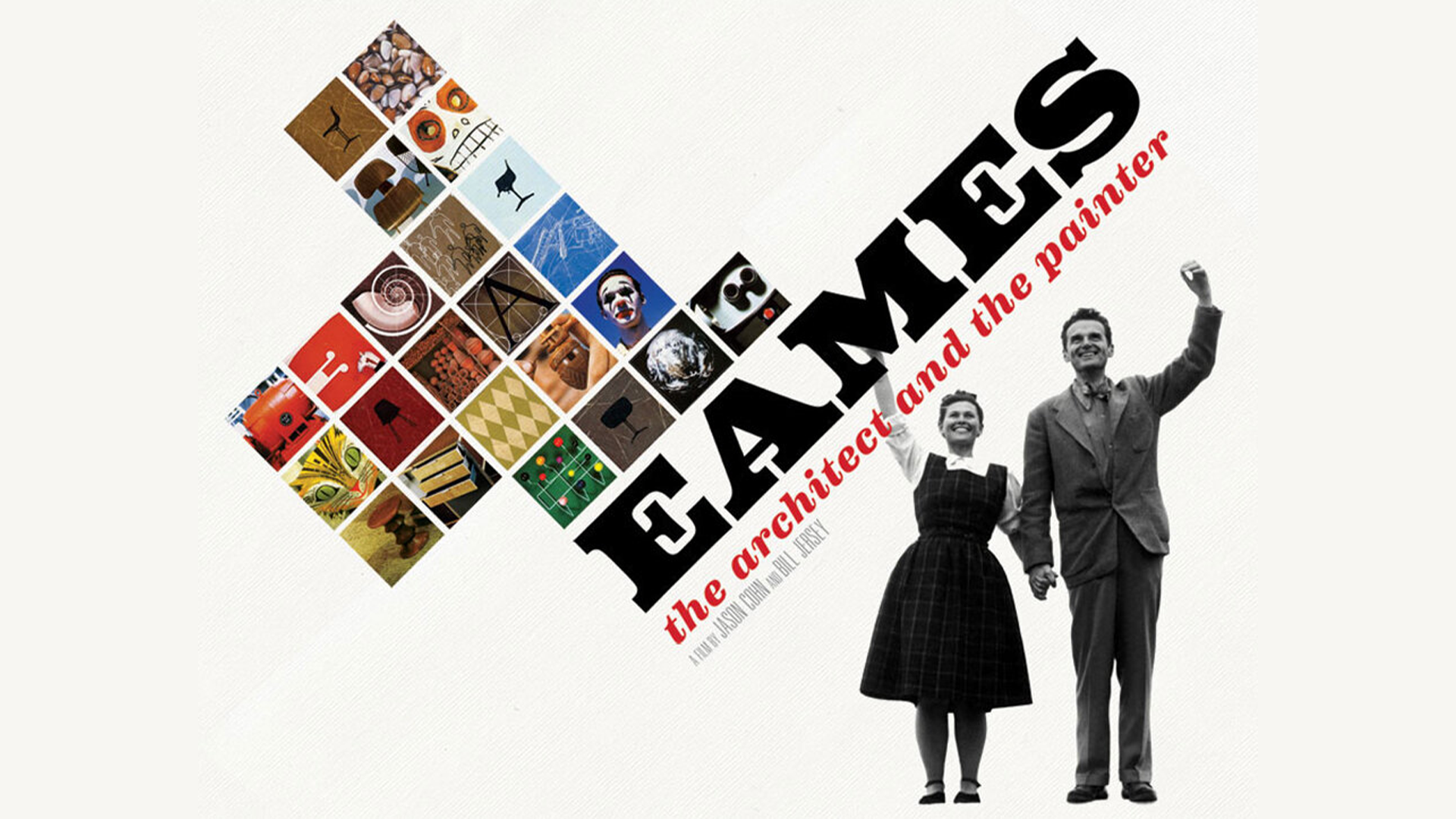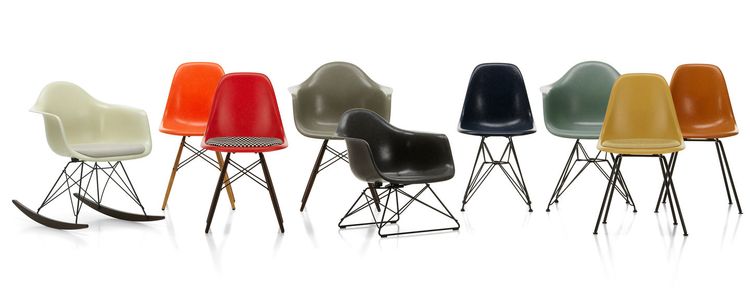EAMES: THE ARCHITECT AND THE PAINTER

“Eames: The Architect and the Painter” is a documentary piece detailing the chronological work of Charles and Ray Eames from the 1940s to the 1980s. Going into the film, I knew quite a bit about the Eames lines of furniture but I’d never quite realised the extent of their multimedia portfolio. The amount of influential events that they produced for and the sheer body of work that came out of the Eames office in the 20th century is astounding, especially when seen in one long chronological recap.
One of the more interesting aspects I hadn’t known about the Eames’ is how playful and inquisitive a lot of their work was, especially their filmography. By placing themselves in the creative space of the “901” office and surrounding themselves with such a competent and creative team, they had the perfect platform to create art in a freeform, iterative way. I think the freedom to work in this instinctive way is what gives their pieces so much of its character, especially when compared to other work produced in the same time period. It seems as though this method of working was extremely unusual within the period, making the loose playfulness of their work one of the key factors as to why it was so revolutionary.


Almost all of the Eames designs could be described as revolutionary. Funnily enough, in the past I’ve always been slightly perplexed as to why their work was such a big deal, why it was so special. All their furniture designs are undoubtedly masterfully crafted, but I didn’t think they looked out of the ordinary; they didn’t look revolutionary compared to other items. What I failed to see was the context of their designs. Their works don’t look out of the ordinary because the Eames’ defined the new ordinary for home design in the 20th century.
In the documentary, there's a narrated section speaking about how the couple took a classic chair and broke it into its core components. With this narration came an image of an older, upholstered chair morphing into one of the modern Eames designs. For me, it was only this image that flipped the switch as to how revolutionary the Eames’ designs were at the time; how much they contributed to creating the modern post-war design style. I think the context of design is something that’s very easy to everlook and something that I’ve often overlooked. It’s something that I’ll definitely try to give more focus moving forward as it’s easy for things to look ‘ordinary’ once they’re taken out of the context within which they’re designed.
.....
COMMENTS:
To leave a comment, email your comment to jakabon@outlook.com with the title
of the post you wish to comment under as the email subject
Example Commenter
Example content of comment
5th Jan
